Businesses today are inundated with vast amounts of customer data from various touchpoints, ranging from websites and social media to email and in-store interactions.
One thing that can make a difference between stagnation and explosive growth is the power of harnessing this wealth of information effectively. Enter data-driven marketing automation.
To thrive in this era of digital dominance, companies need to navigate through an intricate web of consumer behavior, insights, and market trends.
Top marketers leverage Big Data and cutting-edge automation tools to craft hyper-personalized content, campaigns, and customer experiences. How are you incorporating data-driven marketing automation strategies into your business?
In this post, we will embark on a journey to understand how data-driven marketing automation works, highlighting the importance of harnessing this dynamic duo – marketing automation and customer data platforms (CDPs).
Table of Contents
Challenges to Data-Driven Marketing Automation
Did you know that 85% of B2B marketers do not use marketing automation software to its full potential? While 33% of companies struggle to introduce marketing automation due to a lack of internal expertise.
So, I decided to dive a bit deeper and find out the challenges faced by today’s marketers when it comes to implementing data-driven marketing automation. Here are the top reasons.
Data silos
Data silos in organizations typically arise due to departmental divisions, disparate systems, and isolated data storage practices. Automation tools rely on consistent, integrated data for effective execution.
Without a unified dataset, automation processes become disjointed and less effective. It lacks the holistic understanding of customer behavior required to personalize interactions and streamline marketing efforts.
In essence, data silos impede both accurate analysis and the full potential of marketing automation.
Data quality and consistency
When data is not updated in real-time, it leads to misguided campaigns and customer frustration. Besides, 39% of marketers feel that integration and lack of external data is a significant challenge to automation.
External data, such as market trends, competitor analysis, and customer behavior beyond the organization’s own channels, is crucial for making informed decisions and developing effective automation strategies.
Maintaining data quality and ensuring consistency across systems can be a daunting task.
Read also: The Future Of Marketing Automation: 12 Trends For 2024
Overwhelming data volume
Extracting meaningful insights from the data deluge is a significant challenge. While some organizations struggle to gather quality data, others are swamped with a vast range of data.
Managing and making sense of this massive volume of information can be overwhelming.
Implementation costs and lack of vision
High implementation costs can be a significant barrier to realizing the full potential of data-driven strategies. 37% of organizations are stalling to incorporate automation due to high implementation costs.
And the absence of an overall vision or strategy for automation adds up to the cost. It risks pursuing disjointed initiatives, which leads to inefficiencies, redundancy, and conflicting automation efforts.
Overcoming The Challenges in Data-Driven Marketing Automation
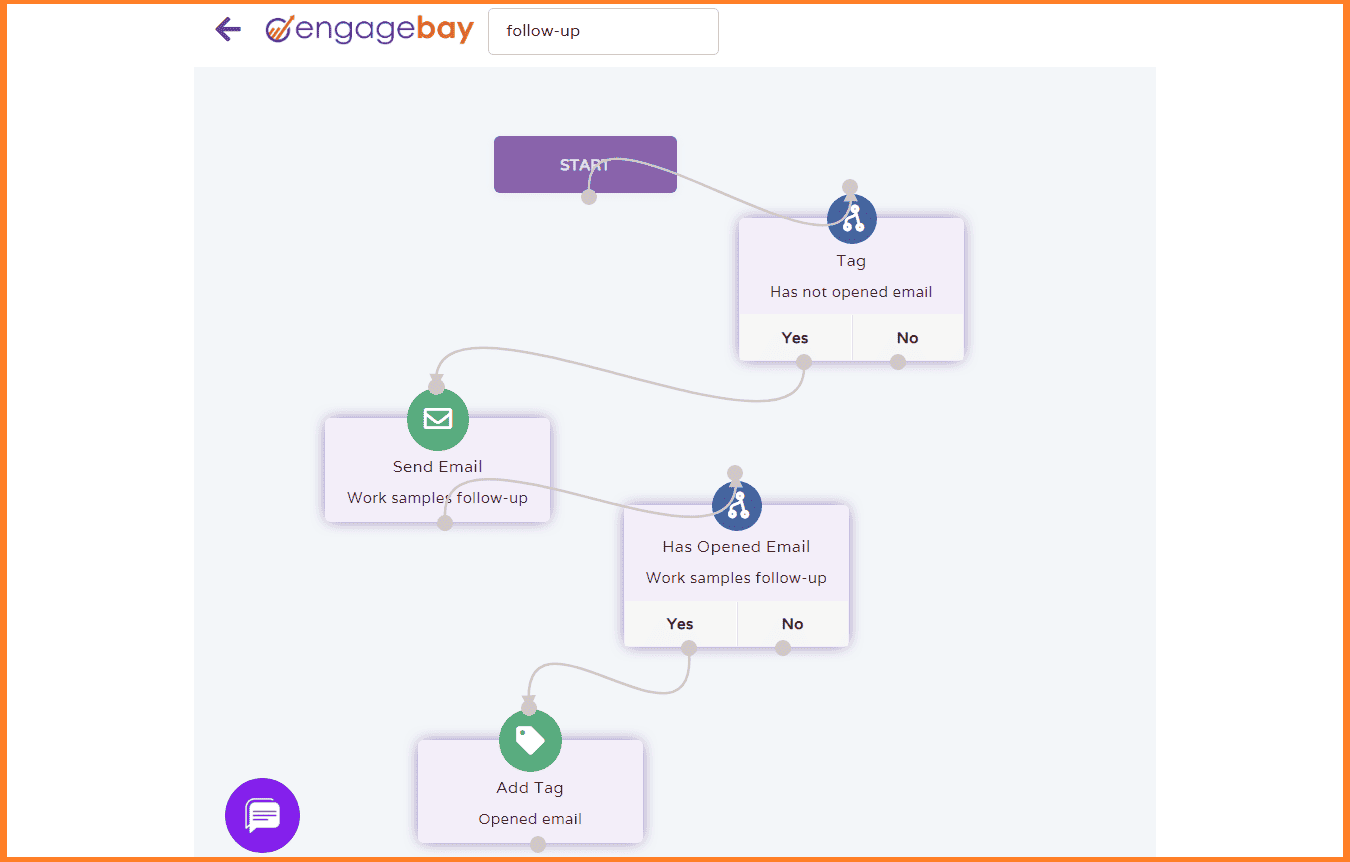
To ensure effective data-driven marketing automation in your organization, you need to choose the ideal tool. Marketing automation has come a long way since its inception.
What once started as a tool to schedule emails and automate repetitive tasks has now evolved into a comprehensive system that can easily handle complex marketing strategies.
Modern marketing automation platforms offer a wide array of features, including email marketing, lead nurturing, social media management, and analytics.
However, to truly unlock the potential of marketing automation, companies need to integrate it with a robust customer data platform. Let’s first understand how these two differ in their functioning.
Read also: Account-Based Marketing Vs Marketing Automation: A Guide
The Difference Between Marketing Automation and Customer Data Platforms
Marketing automation and customer data platforms (CDPs) are essential tools in data-driven marketing, but they serve different purposes and have distinct functionalities.
Here’s a breakdown of the key differences between the two.
1. Objective
Marketing automation platforms primarily focus on automating and streamlining marketing tasks and workflows like email marketing, lead nurturing, and campaign management. It helps increase efficiency, save time, and deliver personalized content to engage and convert leads into customers.
Conversely, CDPs are designed to centralize and unify customer data from various sources, including CRM systems, websites, social media, and others. It then provides a single, comprehensive customer profile.
The primary purpose of a CDP is to deliver highly personalized experiences by offering a holistic customer view.
Read also: Marketing Automation For Startups, The Simple Way
2. Data management
While marketing automation platforms do collect and use customer data for personalization, they often rely on the data available within their own system or require data integration from external sources.
CDPs are specifically built to gather, store, and manage customer data from a wide range of sources, including internal and external sources. They excel at data integration, cleansing, and maintaining data quality to create a unified and accurate customer profile.
Read also: Understanding Customer Journeys in Marketing Automation: A Guide
3. Personalization
When it comes to personalization, marketing automation tools use customer data and segment audiences based on user behavior and preferences. This allows them to send targeted, personalized messages, resulting in maximum conversions.
CDPs only take the personalization to the next level. By consolidating data from all touchpoints, it provides a holistic view of each customer. This allows marketers to create highly tailored campaigns across all touchpoints.
Read also: 20 Marketing Automation Workflows For Amazing Results
How Data-Driven Marketing Automation Tools Can Improve Your ROI
When you combine marketing automation and CDPs, they create a powerful synergy that transforms your marketing efforts. With the combination of the right tools, data marketers can achieve the following.
Hyper-personalization
It’s no hidden fact that personalized emails deliver 6x higher transaction rates, yet 70% of brands fail to use personalization in their email marketing efforts effectively.
With unified data from a CDP, marketing automation platforms can deliver hyper-personalized, tailored content and offers. It makes each interaction with the customer feel unique and relevant.
Read also: Making Sense Of The Types Of Marketing Automation
Automated campaign execution
Companies using marketing automation have seen 2x many leads as those without automation. That’s because marketing automation with the help of CDP ensures that the right message reaches the right person at the right time.
Marketing automation takes care of the execution of campaigns across various channels, and CDPs provide deep insights into your customer’s preferred channel, preferences, interests, etc.
Read also: Marketing Automation For Financial Advisors: Beyond the Basics
Real-time decision making
CDPs gather data in real-time, allowing marketing automation platforms to adapt campaigns instantly based on customer behavior, leading to higher engagement and conversion rates.
In fact, a report by McKinsey revealed that companies that invest in automation tools can increase their sales productivity by up to 15%.
Data-backed insights
Gartner predicts that by 2025, 60% of all marketing and sales decisions will be data-driven, emphasizing the importance of automation and data integration. Businesses can no longer depend on intuitive selling.
The combined power of these platforms generates valuable insights into campaign performance, helping marketers refine their strategies and optimize for better results continuously.
Read also: Marketing Automation Landscape: A Guide To Scaling Your Business
How To Create a Marketing Strategy Based On the Data
Today, data has emerged as the driving force behind successful strategies. Harnessing the power of data with the help of marketing automation platforms and CDPs can be a game-changer.
Let’s delve into how you can create a marketing strategy based on data to boost conversion and increase revenue.
1. Data collection and integration
The foundation of a data-driven marketing strategy begins with robust data collection. Gather information from various sources such as your website, CRM software, social media, email campaigns, and offline interactions with the help of your CDP.
Ensure that this data is seamlessly integrated into your marketing automation platform, creating a unified and accurate customer profile.
2. Setting up objectives
The next step is to define your marketing objectives. What do you want to achieve? Whether it’s increasing brand awareness, generating leads, or boosting sales, having specific, measurable goals is essential to guide your strategy.
It will allow you to collect and organize the data needed for strategizing a marketing campaign.
Read also: 7 Marketing Automation Flowchart Examples [Workflow Guide]
3. Segment your audience
Utilize the integrated data to segment your audience based on demographics, behavior, preferences, and more.
By understanding your customers granularly, you can deliver highly personalized content and tailored messages to each segment. This helps boost engagement and increase the likelihood of conversion.
Read also: How To Nail Your Retail Marketing Automation [Tools, Examples]
4. Create behavior-triggered campaigns
Develop data-driven marketing campaigns that align with your objectives and audience segments. Set up automation rules within your marketing automation platform to trigger actions based on customer behavior.
For instance, send a follow-up email when customers abandon a shopping cart or recommend products based on their browsing history or previous purchases. These automated campaigns enable you to deliver the right message to the right audience at the right time, enhancing the customer experience and driving sales.
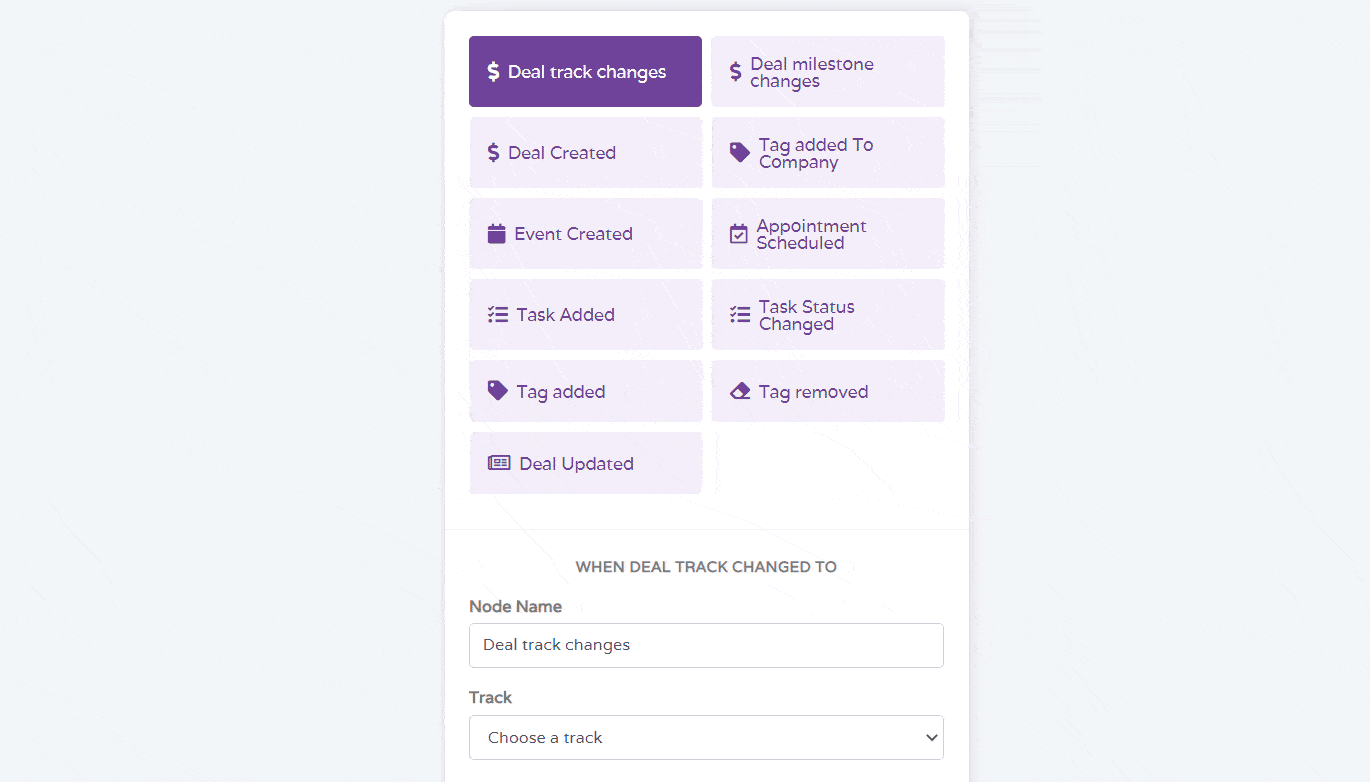
5. Data-backed decision-making
CDP helps you analyze trends and patterns from the data collected. With those insights combined with the campaign performance report from marketing automation, you can make informed decisions and adjust your strategies to optimize performance.
It also helps you with the optimal allocation of resources in a cost-effective manner.
Read also: Email Marketing Vs Marketing Automation: A Marketer’s Guide
6. Omnichannel marketing
If you want to beat your competition, you need to meet your audience wherever they are. With the help of integrated data, you can easily execute a full-fledged multi-channel marketing campaign.
It allows you to create a seamless experience for your customers across all touchpoints, from email to social media to in-store interactions. This helps gain your customers’ trust and helps with branding.
Read also: Marketing Automation For Dummies: Top 10 Takeaways From The Classic Book
7. Testing and optimization
Once you have run your campaign, it doesn’t end there. You need to continuously A/B test your campaigns to determine what is working and what needs to be improved. Using a marketing automation platform, test different elements like subject lines, content formats, and calls to action.
A data-driven strategy is an iterative process. Use the results to optimize your marketing efforts for better results.
Read also: How To Build The Perfect B2B Marketing Automation Strategy
8. Employee training
Invest in training your marketing team to use automation tools effectively. While these marketing automation platforms and CDPs can do most of the work for you, you need to know how to utilize them and interpret data effectively.
The synergy between technology and skilled professionals is essential for the success of your data-driven marketing strategy.
Read also: Marketing Automation Use Cases & Examples From Top Brands
Marketing Automation Tools For Data-Driven Campaigns
The first step to data-driven marketing automation is choosing the right marketing automation software. This choice depends on your specific business needs, budget, and preferences.
To help you choose, I’ve selected the top three marketing automation solutions and analyzed different factors.
EngageBay
EngageBay is an all-in-one marketing platform that offers a wide range of marketing automation features, including email marketing, CRM, marketing analytics, and workflow automation. It provides tools for lead generation, lead scoring, and personalized email campaigns.
Pricing
EngageBay offers a free plan for up to 14 users. This free plan covers a wide range of tools to help you get started with data-driven marketing.
You can even upgrade to its paid plan at $11.04 per user per month. Pricing varies depending on the number of contacts and users.
Scalability
Based on its pricing, EngageBay is best suited for small businesses. However, when your business starts to grow, you can easily scale functionalities and add more users by upgrading to its Pro plan for $67.99 per user per month.
Integration
EngageBay integrates with most of the popular third-party integrations, such as Zapier, Xero, Mailgun, etc.
Read also: Success Stories: 10 B2B Marketing Automation Examples
HubSpot
HubSpot is a comprehensive marketing automation platform that includes email marketing, lead management, landing page creation, and more. It provides a platform that unites all your data and provides a unified view.
Pricing
HubSpot offers a free CRM with basic marketing tools. For more advanced features, you can subscribe to their Marketing Hub, which comes with various pricing tiers based on the level of functionality required.
It costs $18 monthly for up to 1,000 contacts designed for individual and small teams. If you are a mid-size or large enterprise needing comprehensive marketing software for automation, reporting, and campaigns, the pricing starts at $800 monthly.
Scalability
HubSpot has separate plans for both small and large enterprises. It allows the scalability required for growing businesses. But it can prove to be expensive for those trying to shift from its Pro plan to the Professional plan.
Integration
HubSpot is known for its extensive integration options.
Read also: Beyond Basic Branding: How Integrated Marketing Helps
Marketo
Marketo Engage by Adobe is an enterprise-level marketing automation platform that caters to large businesses. It offers advanced lead management, lead scoring, email marketing, and analytics capabilities.
Pricing
Marketo’s pricing can be on the higher side, making it more suitable for larger enterprises. Pricing details are typically provided upon request.
Scalability
Marketo, a powerful automation platform, is highly scalable and allows you to engage your customer through their entire lifecycle.
Integrations
Adobe claims that Marketo is built to integrate with any platform you choose.
Read also: The Beginner’s Marketing Automation Checklist [101]
Final Thoughts
As the market continues to evolve, brands need to up their marketing strategy. Data-driven marketing automation has emerged as a cornerstone of successful marketing strategies.
Unlock the power of data-driven marketing automation and deliver personalized, efficient, and highly effective campaigns before it’s too late.
Get started today!

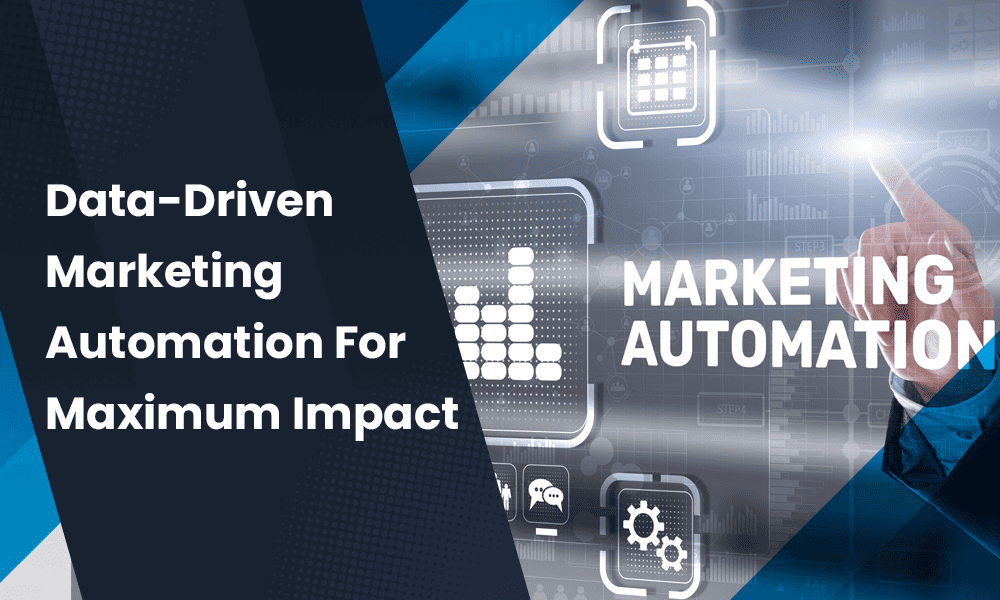
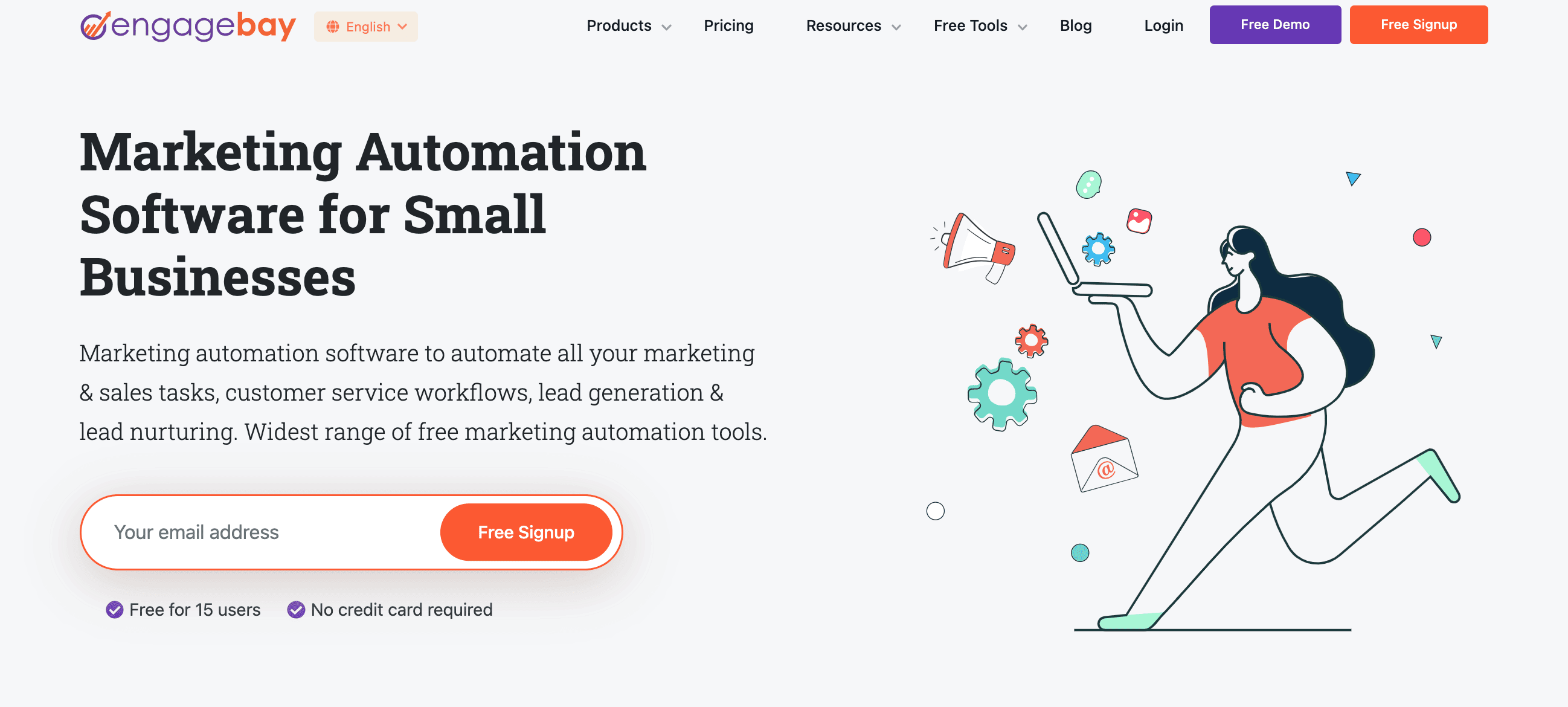

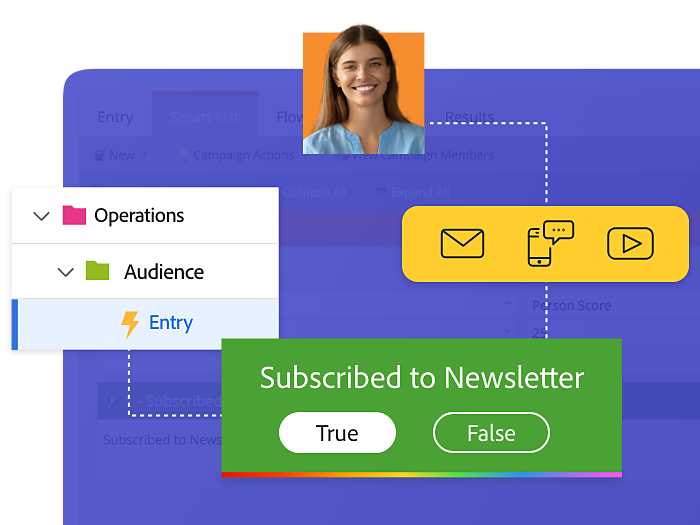
This blog is a great resource for marketers who want to leverage data and automation to achieve maximum impact. It provides valuable insights and practical tips, making it a valuable read for anyone looking to enhance their marketing strategies.
For more marketing ideas and strategies, I would highly recommend visiting our website – https://www.biteblueprint.com